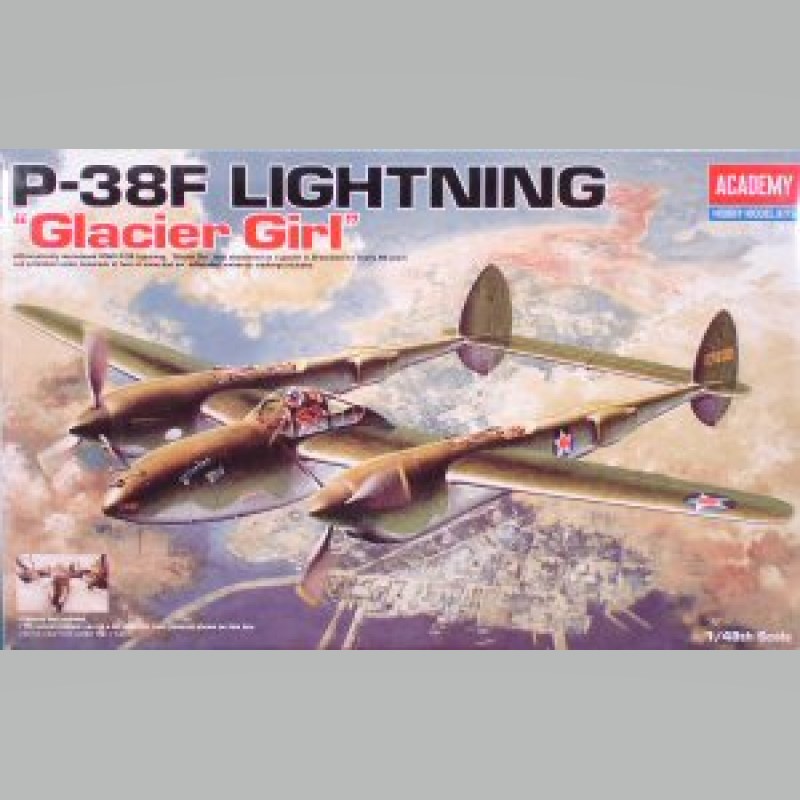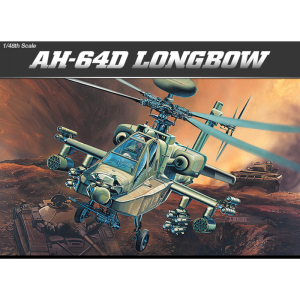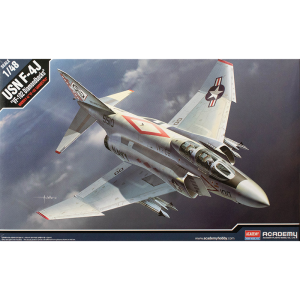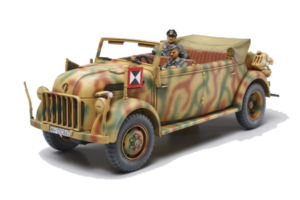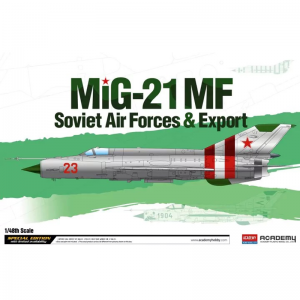Description
The P-38 Lightning started life as the Lockheed Model 22, the inspiration of a young engineer by the name of Clarence “Kelly” Johnson, who would later become Lockheed’s chief engineer. The Army issued a 1935 requirement for an interceptor aircraft that could fly over 360 mph at 20,000 feet, fly at full throttle for over an hour, carry twice the armament of current aircraft, and still operate from relatively short runways. Johnson’s XP-38 had a top speed of 417 mph at 20,000 feet, a range of almost 1,400 miles, and could climb to 20,000 feet in an impressive (for that time) 4.5 minutes.
The P-38 would grow and improve through operational experience. The Luftwaffe dubbed the aircraft “The Fork-Tailed Devil” due to their encounters with the Lightning. The Lightning was so fast that compressibility flaps had to be added to late-model Lightnings to counter the adverse affects of approaching the speed of sound during dives.
One P-38 in particular recently became famous not because of its war exploits, but because of how it survived over time. This P-38F was one of six Lightnings and two B-17s that were forced to land on a glacier in Greenland during deteriorating weather conditions on a ferry flight to England. Buried under 262 feet of snow and ice, this particular aircraft has been the only one located to date and was recovered and returned to the United States in the early 1990s. Today, the aircraft dubbed ‘Glacier Girl’ has been carefully restored to flying condition and is operating out of Middlesboro, KY.
The Academy P-38 Lightning is one of the nicer renditions of the fork-tailed devil produced in 1/48 scale. It wasn’t surprising that they’d reissue their kit with the appropriate parts to render the P-38F and an impressive decal sheet to meticulously replicate this beautifully restored aircraft.
The kit is molded in light gray styrene and is presented on eight parts trees, plus a single tree of clear parts. Surface detailing is scribed and nicely done. A set of rubber tires are provided in addition to the styrene wheels and tires in the kit should you prefer that building option.
As with most aircraft projects, construction begins in the cockpit. This release has greater detail in terms of parts colors in the instructions. Assembly is straightforward and the details in the cockpit are nice out of the box. The AMS modeler will want to obtain a set of Eduard photo-etch to dress up the instrument panel, add seatbelts and harness details, and add additional detail that cannot be molded in styrene.
Next come the main wheel wells. One of the big criticisms of Lightning kits has been the lack of details/plumbing in the main wheel wells. Not to worry in this case, this kit has the plumbing and duct details present.
The main wheel wells are next installed into the boom halves along with the radiator details. With the twin booms assembled, the upper and lower wing halves come together, the booms are installed with the horizontal stabilizer, and now the model is starting to look like a P-38.
Now the nosegear and engine air intakes are installed along with the landing gear doors. Before the nose cap is installed on the cockpit pod, you’ll need to add around 20 grams of weight in the nose or else this kit will be a dedicated tail sitter. This is common with all P-38 kits in any scale since the plastic models don’t have the corresponding weight of the two engines and all of the guns and ammo in the nose to keep the aircraft in balance.
The kit comes with an array of external armament including bombs, rockets, and external fuel tanks. The instructions stop short of covering the armament since this release is dedicated to the ‘Glacier Girl’.
Another nice option that really isn’t discussed in the instructions are the propellers. You assemble the blades onto the prop hubs/spinners. The one thing you won’t see on a single-engine flightline is a feathered propeller. When the single engine quits, the pilot gets out and walks home. With multi-engine aircraft like the P-38, when the occasional engine quits, the propeller is feathered (the leading edges of the blades are turned parallel to the airflow to eliminate drag). With these separate blades, you can depict your model with one engine caged.
Yet another nice touch in this kit is the canopy. The P-38 canopy is rather complicated. It consists of a windscreen, rear window, a rear-hinged overhead section, and two side windows that slide up and down like car windows. The kit provides your choice of an ‘open’ canopy with all six parts separate or ‘closed’ canopy with the windscreen, overhead section and rear window as one part. The side windows are still separate.
The kit even includes the folding boarding ladder!
Markings are provided for two aircraft:
P-38F, 41-7630, ‘Glacier Girl’
P-38F, 41-29129, 339 FS/347 FG, ‘Oriole’
Bear in mind that there never was a P-38 named ‘Glacier Girl’ in World War II as this was the nickname given the aircraft after is was found under the ice 60 years later. The decal sheet has THE most extensive set of maintenance stencils I’ve ever seen on a P-38 and should keep you busy for quite some time. The Glacier Girl also wears her FAA registration number NX17630 as a legal airworthy warbird and these are provided on the decal sheet as well.
The Academy P-38s are definitely nice kits that build up into beautiful models with a little care and skill. This decal set alone is worth having for any P-38 project as you won’t find many model companies printing multicolored decals without multiple layers like this much any more.

